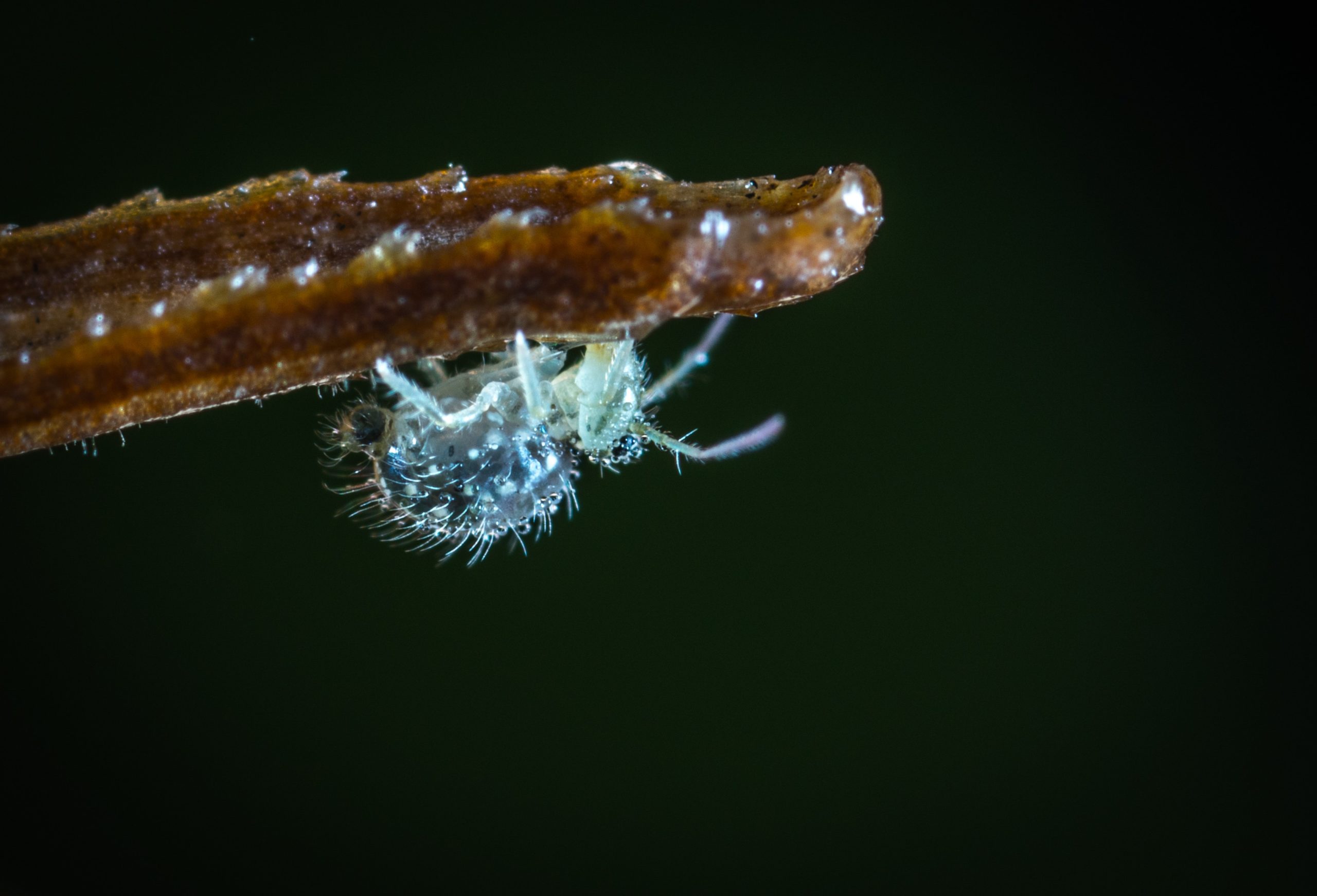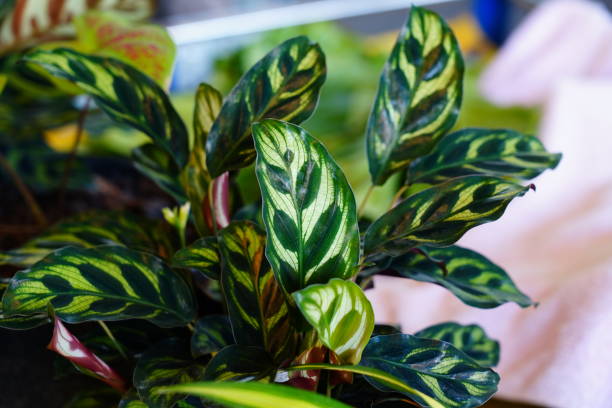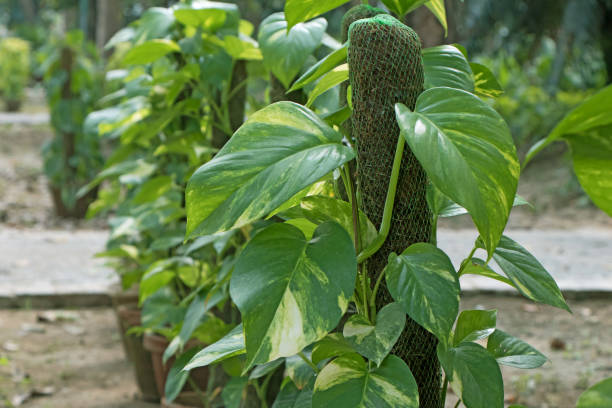How To Get Rid Of Aphids Effectively?

Are your garden plants shriveled, stunted, curling, or yellowing ate the leaves? If yes, then this might be a sign of an aphids attack? Do you know how to get rid of aphids? If your answer is no, keep scrolling down to learn about aphids, methods for aphids control, and prevention?
Dealing with pests and insects is the least favorite task of most gardeners. It can become even more challenging when it is difficult to spot these pests. One such pest are aphids. There are various ways to control aphids without using any harsh chemicals on your garden plants. However, one biggest problem is that these pests multiply really quickly, and it takes several repeated methods to get rid of aphids permanently.
Below we have mentioned some natural methods to kill aphids that are 100% environment friendly and safe to use on plants as well.
WHAT ARE APHIDS?
Aphids are small, soft-bodied insects that feed on plant’s nutrient-rich liquid. These always arrive in large numbers and can significantly weaken the plants, which in turn harms the fruits and flowers. Aphids multiply in large numbers quickly, and getting them under control becomes extremely important before their reproduction cycle. Fortunately. The methods to get rid of aphids might be slow but are easy and effective.
WHAT DOES APHID DAMAGE LOOK LIKE?
Aphids feed on plant juices by attacking the buds., stems, leaves, roots, and fruits. Most species of aphids are attracted towards new succulent growth, like the green peach aphids, which feed on various plants, whereas the rosy apple aphid stays on one of two plants at a time.
Some common wings of aphids damage are mentioned below:
- Any sign of stunted, curling, yellowing, or misshapen leaves. Check the underside of the leaves; this is the first place where aphids hide.
- If you notice sticky substance on plants’ stems and leaves, it is a sign of aphids attack on plants. These insects produce honeydew as waste which attracts ants and other insects. When the aphids feed on big trees, this substance can even drop in your car, driveways, and outdoor furniture.
- If you see sooty mold, a kind of fungal growth that happens due to honeydew on leaves and stems.
- Distorter fruits and flowers due to regular feeding by aphids.
- Certain aphid species can also cause gall formation on leaves and roots.
- Aphids can also transmit disease between different plants, which attracts more insects like ladybugs.
How To Get Rid Of Aphids From Your Garden Plants?
Here we have mentioned some methods to control and kill the aphids on plants:
STEP 1: Removal
If you see any sign of aphids feeding on your plants, then follow the below-listed methods to get rid of aphids.
Hose them down.
If you notice a minor infestation of aphids on plants, then this can be easily removed by a strong water stream using a hose. Use a hose to run water on the plants to target the underside of every leaf. Keep repeating this process regularly for a few days until all the aphids are successfully removed. The process can take upto two weeks.
Spray DIY insecticidal soap on leaves.
Finding it hard to kill a large colony of aphids? Try using homemade insecticidal soap, which is a less toxic bug control solution that helps in desiccating the bodies and ultimately kills the aphids without harming the plants.
All you need to do is mix a few tsp. of liquid dish soap in one quart of water and spray the solution on leaves, buds, and stems of plants. Use this spray regularly for 2-3 days for the next few weeks until you do not see even a single aphid on the plant.
Use pesticide.
If the aphid infestation is not controlled by using insecticidal soap, you may have to use systemic pesticides to kill aphids. You can use products that contain Imidacloprid which helps in killing aphids and does not harm any other pollinating birds or insects like butterflies, bees, and hummingbirds.
STEP 2: Prevention
After killing the aphids, it’s time to follow the prevention methods to not allow these pests to return back to your garden. Below we have mentioned three ways to prevent the aphids from attacking your plants again.
Introduce beneficial bugs.
There are many species of bugs like lacewings, lady beetles, and parasitic wasps that love to eat aphids. Try to grow flowering plants that attract beneficial bugs to your garden and keep a check on the aphid colonies. You can even purchase these bugs via order these days.
Apply dormant oil.
If you notice aphids settling on your fruit trees, then you should apply dormant oil in mid-winters to kill any laying eggs. Mix dormant oil with water in a garden sprayer as per the direction mentioned on the packaging and use it on the crunches, leaves, and tree trunk. Follow the manufacturer’s direction for the reapplication of the product.
Choose the right neighboring plants.
Chive, oregano, sage, leeks, garlic, and onions and are some of the plants that have strong scents and can deter aphids. You can plant them in your garden where you see aphids. You can even grow plants that attract aphids (nasturtium and calendula) on the opposite side of your property to divert them away from your garden. Companion planting works as a long-term prevention measure and can help to get rid of and even diminish the entire aphids population.
Organic Homemade Aphid Spray
Aphid Tomato Oil Spray
Tomato plants contain alkaloids- a kind of toxic compound found on leaves. Chopping tomato leaves release the alkaloids, and when it is suspended and diluted in water, it makes it easy to use homemade aphid spray to kill to get rid of the aphid population. This spray is completely safe to use on plants and is human and environment-friendly.
Ingredients:
- 1-2 cups of tomato leaves
- Cheesecloth or a strainer
- Two cups of water
- Spray bottle
Directions:
- Soak 1-2 cups chopped tomato leaves in two cups of water and leave it overnight.
- Use a cheesecloth or fine strainer to strain the leaves mixture. Add two cups of water and add it into the spray bottle.
How To Use Tomato Aphid Leaf Spray?
To kill aphids, spray the tomato leaf spray all over the plant stems, leaves, and flowers of the infested plants. Make sure to generously spray on the underside of leaves because this is the weather these aphids hide.
Warning: although this is a natural spray and is safe to use on humans and plants, some people are allergic to the tomato plant. If you are one of them, you need to follow proper precautions when applying this spray on plants.
Aphid Garlic Oil Spray
Another effective homemade aphid spray is made using garlic oil. Garlic contains sulfur which is antibacterial and antifungal and can be toxic to most types of pests. When you combine garlic oil with dish soap, this mixture will break down these pets’ soft body.
Ingredients:
- 3-4 cloves of garlic
- Cheesecloth or strainer
- Mineral oil
- Bottle Sprayer
- Water
- Liquid dawn dish soap
Directions:
- Mince or finely chop garlic cloves and add two teaspoons of mineral oil to it. Let the mixture sit for at least 24 hours before you strain the mixture.
- Add the remaining liquid in one pint of water. Mix two tablespoons of concentrate in 1 pint of water and add it to a spray bottle.
How To Use Garlic Oil Aphid Spray?
First, do a trial test on a small section of the plant to ensure that it does no harm to the plants if you do not see any signs of damage or yellowing of leaves. Spray the entire plant using this mixture after two days. Do not forget to cover the underside of leaves.
Warning: garlic can also harm certain beneficial insects like ladybugs. Make sure you use the spray only on those parts of the garden that are free of beneficial bugs.
These organic pest control aphid sprays are very effective, affordable, and safe for the environment.
Final Words:
The battle between your garden and the aphids is a never-ending one. However, you can follow certain prevention methods and ways to get rid of these soft body aphids. These natural methods might take some time to show results but are extremely effective. So what are you waiting for? Get down to work and kill these nasty pests.






